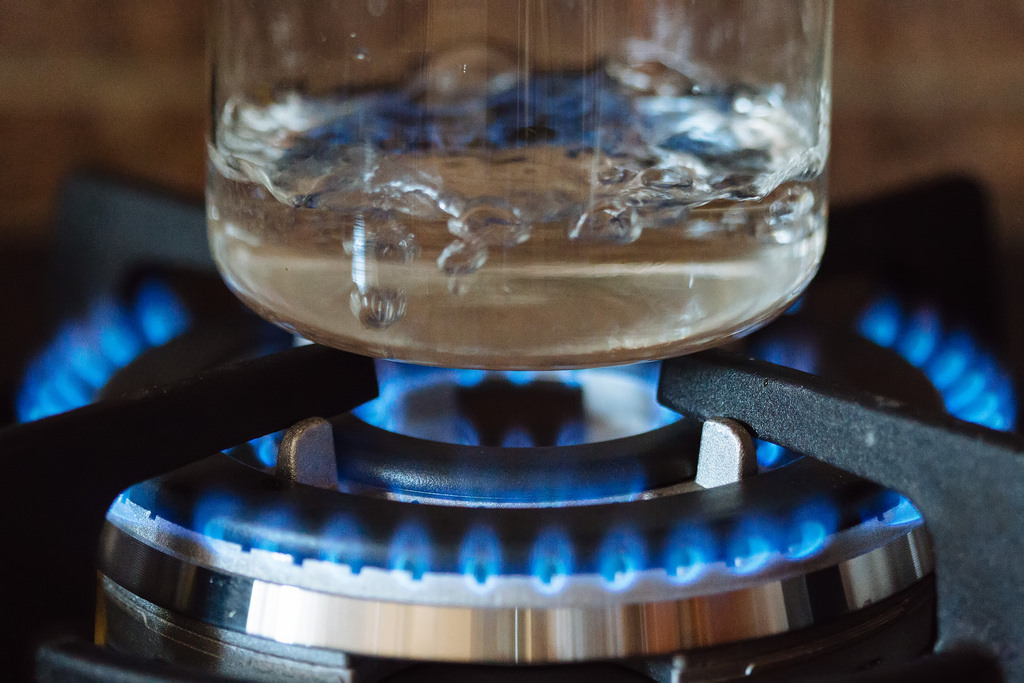I asked what fire was in a science class once. I didn’t receive an answer that made any sense. Which is weird, because fire is just a gas. It looks like a gas. Just look at it. It’s a gas. It’s only weird because it’s hot and it glows.
Which gas it is specifically depends on what chemicals are mixed with oxygen. I’m personally satisfied to know that it is a gas.
Here’s something else. What are those bubbles in boiling water? This one sounds dumb if you have already put two and two together.
If you haven’t put it together yet, your dumb brain says all bubbles are air. But you know that water turns to steam when it’s too hot.
I made the mistake of thinking that steam only comes from the top of water. But the hottest part of the water is at the bottom, if you’re heating it from the bottom. What would steam look like if it was created at the bottom of a pot of hot water? It would look like bubbles. The bubbles are steam.
Somehow these connections fell through the cracks for me. The steam example might have been labeled in a science book. It reminds me of Richard Feynman’s Look At The Water essay. He describes how book-learning failed to connect with anything in the real world for his students in Brazil. They knew the formulas but without experiment, they didn’t learn what the formulas do here in the real world.
I’m aware that the world only has matter and energy. I should have realized that fire has to be matter in some form. Still here is the definition of fire:
fire /ˈfī(ə)r/ noun 1. combustion or burning, in which substances combine chemically with oxygen from the air and typically give out bright light, heat, and smoke.
Nothing about that says “glowing gas” to me. Now that I know it’s a gas, I can read that into this definition and it’s obvious.
I realized the truth about the steam bubbles while I was boiling water. I realized about fire while I was watching a fire.
There are probably a few lessons to be learned here. The first one is to notice when you have all the clues necessary to answer a question. The second one is to experiment while you’re doing your thinking.
- Note: It’s worth mentioning that I know the three-states-of-matter is a lie-to-children convenience concept. But if we are going around shoving things into that framework, then fire belongs solidly in the gas category.
Post image by Ervins Strauhmanis.
Fire is just a gas. It looks like a gas. Just look at it. It’s a gas. It’s only weird because it’s hot and it glows. https://t.co/ZKYrXvcjxI pic.twitter.com/NOUyyz7I1R
— Dan Kuck-Alvarez (@dankuck) February 21, 2017

 ,
, 